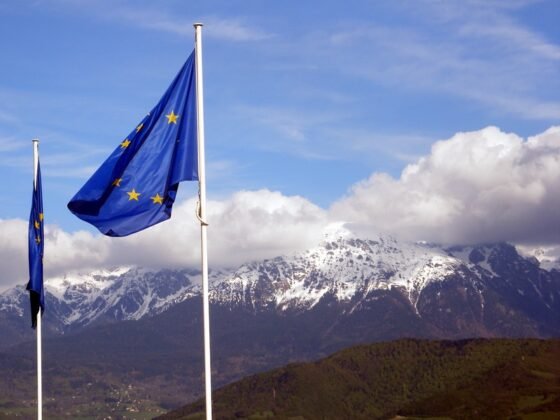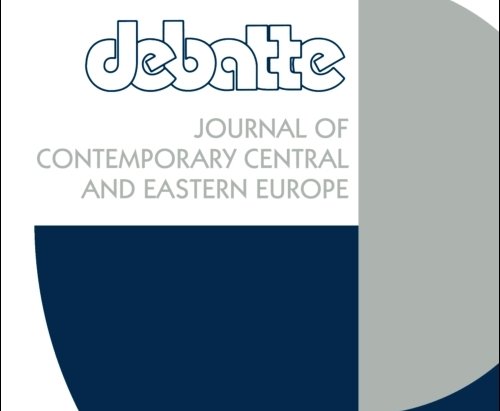(Point & Counterpoint) This year’s regional election results were somewhat of a sensation. For the first time since 2007, the United Russia (UR) party, the Kremlin’s legislative arm, failed to gain a plurality of the vote in three regional legislatures. UR’s average result declined to 38 percent, down from 46 percent in the previous election. In single-mandate districts, the proportion of UR victories has declined from 92 percent in 2015-16, to 87 percent in 2017, to 72 percent this year. In four regions out of 22, the incumbent heads of the executive branch lost their elections. The “executive vertical” thus suffered defeat in seven out of 38 key campaigns. The population of the territories where elections were held amounts to over 45 percent of the total Russian population, making the September results representative of Russian citizens’ electoral sentiments. The geography of the Kremlin’s electoral failure is skewed toward the Far East, yet—as the examples of the Vladimir and Ulyanovsk Oblasts indicate—these failures are not region-specific.
In the course of the campaign, the administrative machine tightly controlled access to the race, barring unwelcome candidates and party slates from appearing on the ballot. The “systemic opposition”—the Communist Party (KPRF) and Vladimir Zhirinovsky’s Liberal Democrats (LDPR)—was fully amenable to informal deals and “fixed games” with representatives of the executive branch. Those alternative candidates who had solid electoral potential either withdrew from the race or were not nominated by their own parties. […]












